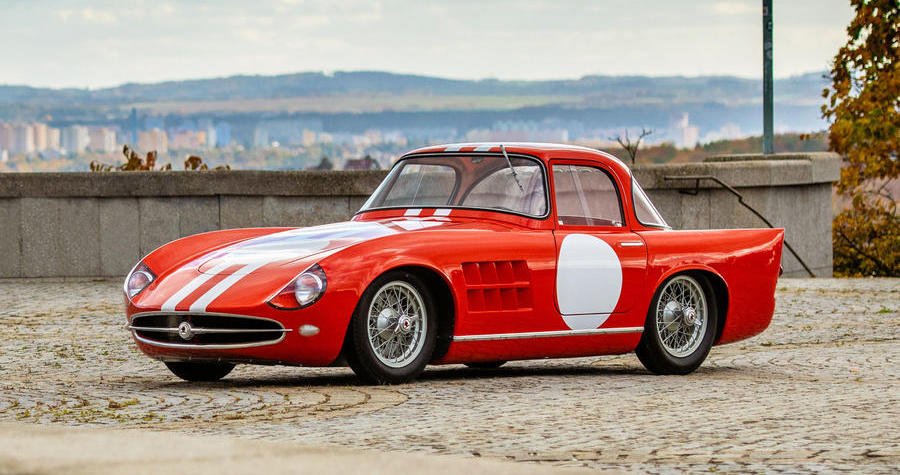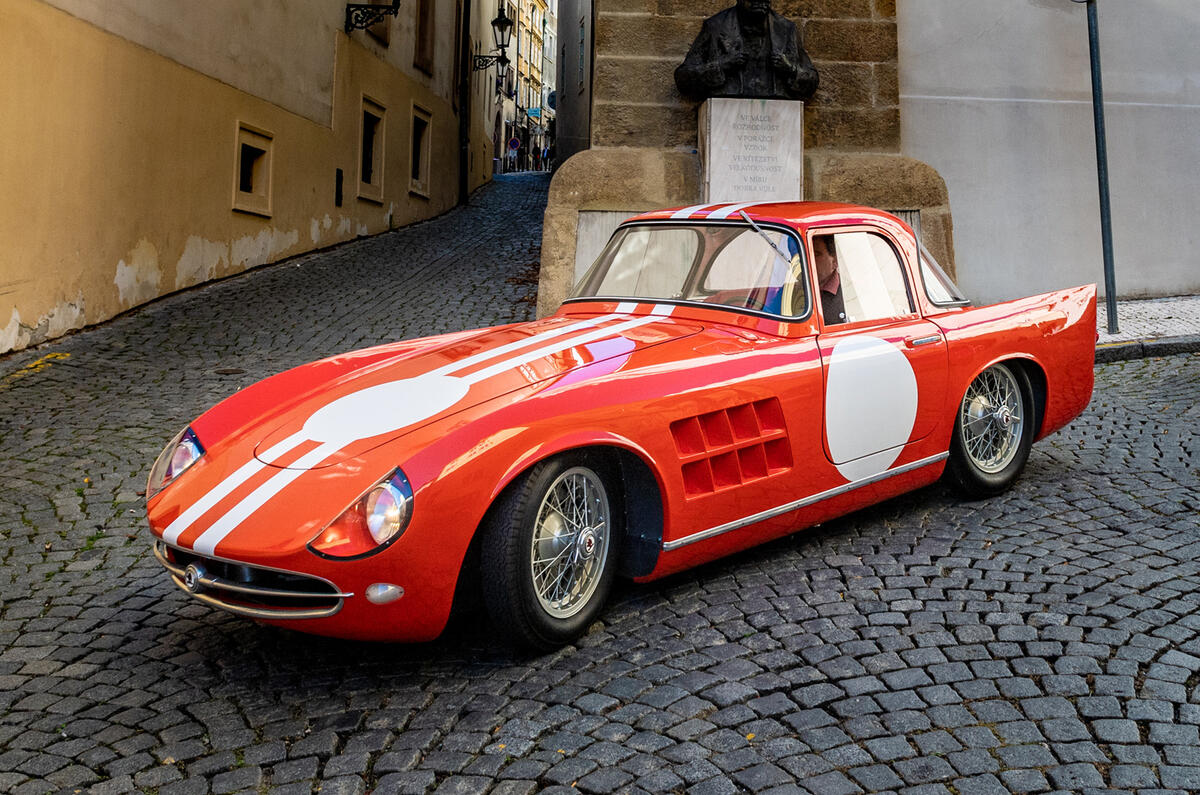Skoda rebuilds 1100 OHC Coupé historic racing car

Skoda has rebuilt a historic 1100 OHC Coupé to mark the 120th anniversary of its motorsport division.
The car, which competed in endurance circuit racing from 1960 to 1962, was reconstructed using the original frame, chassis and engine, and built using historical documentation.
Teams from Skoda’s museum restoration workshop and the manufacturer’s Prototype Centre collaborated on the project, rebuilding the car as a fully functional vehicle by hand.
The original two-seater was driven by a naturally aspirated four-cylinder engine producing 90bhp and mated to a five-speed manual gearbox. It could reach speeds of up to 124mph and was equipped with dual-circuit brakes.
Just two examples were built. They were privately sold in 1966 following changes to racing regulations and the end of the 1100cm3 category.
Skoda acquired the chassis, frame with the front axle, brakes, pedals and other small parts from a Czech private collection in 2014.
It sourced parts from only one of the privately sold cars as the second was irreparably damaged in a fire.
An open-topped spider variant of the 1110 OHC sits in the Skoda Museum, while another is used by Skoda UK to promote the brand.
Skoda sourced components from production vehicles from the period for the project. The door handles were sourced from a 1200, while some switches and the ignition lock are from an Octavia and a 440 Spartak.
Meanwhile, the three-spoke steering wheel was taken from a Popular, which was the firm’s best-selling pre-war model.
Its bodywork was recrafted using 0.8mm and 1mm-thick aluminium sheets, meaning the car weighs just 555kg overall.
Skoda says 3D scanning and modelling were instrumental in helping to bring the car back to life, alongside historical photos, which helped designers recreate the car on a 1:1 scale.
“You could say that the unique Skoda 1100 OHC Coupé has returned to its birthplace,” said Skoda prototype construction specialist Martin Kadlec.
“The staff at the Skoda Museum and our team from the EGV department have managed to combine traditional methods with today’s advanced technology, digitising historical drawings from the Skoda archive and leveraging the available period photo documentation. We then created a virtual model and produced several 3D models based on that.
"The modifications to the body shape took dozens of hours. The actual reconstruction of the car body was already under way in the prototype construction workshops. Our predecessors built the original racing cars in one of these workshops, at the Česany site in Mladá Boleslav, in 1959."



